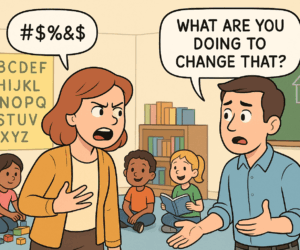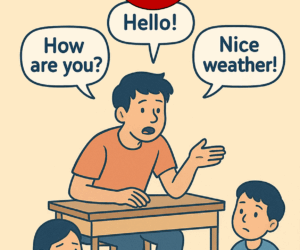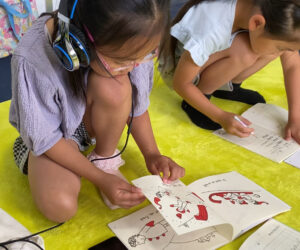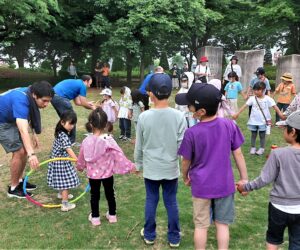“Let them struggle.”
Three words. One sentence. A concrete piece of advice that I have heard one too many times from experienced MY teachers who observed my lessons and whose lessons I have observed.
Three simple words that I continue to utter to myself whenever I plan a lesson and as I enter a classroom.
Several months into teaching with MY and I found myself struggling with “letting them (the students) struggle.” Since joining MY in the spring of 2022, I noticed that one thing I started doing more often than before is to reflect on my lessons, whether it turned out the way I had planned or had gone astray from the path I had intended .
And one question that I found myself reflecting on was “Why am I struggling with letting them struggle?” Is it the big brother side of me? Is it because silence in the classroom makes me uncomfortable? Is it because my idea of an efficiently managed classroom is one where things run continuously just like a Broadway musical where one scene almost always moves seamlessly onwards to the next scene? All of the above I guess.
Towards the end of the previous school year, I noticed some tiny changes in myself: I consciously (and patiently) tried harder to wait for one student to figure the situation out and ask the question I was waiting for or say the target language we’ve been studying. I told myself it was okay to see the students have a confused look on their faces.
Students successfully overcoming a hurdle made me see that letting them struggle does more good than harm.
I started seeing how letting them struggle is a way not just to learn about English but also having that skill to think and to make a decision on what to do in an unfamiliar, uncomfortable situation outside the four walls of MY. It doesn’t matter whether it’s a class of elementary first graders or junior high third graders. Students successfully overcoming a hurdle made me see that letting them struggle does more good than harm.
Through continued conversations with fellow MY teachers, the monthly trainings, reading up on language teaching on my own, and consciously making the effort to let the students struggle, I’d like to think that I am getting more used to seeing the students in unfamiliar and, at times, uncomfortable situations where they are struggling. And as I start my second year of teaching with MY, I also hope that, in time, I no longer have to struggle with letting them struggle.









